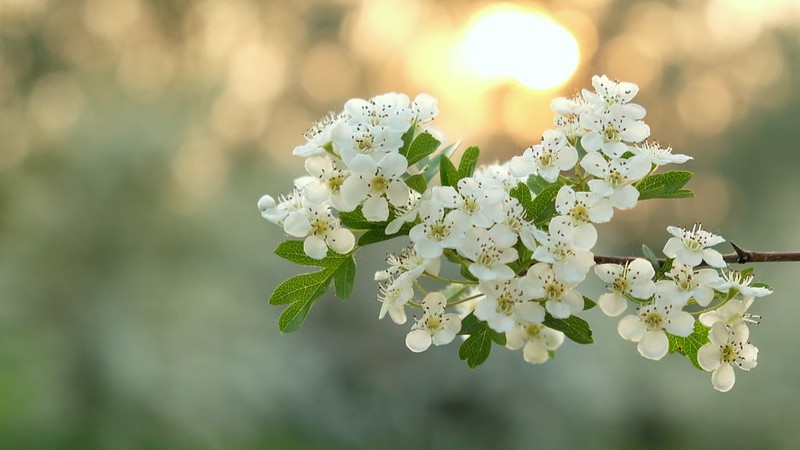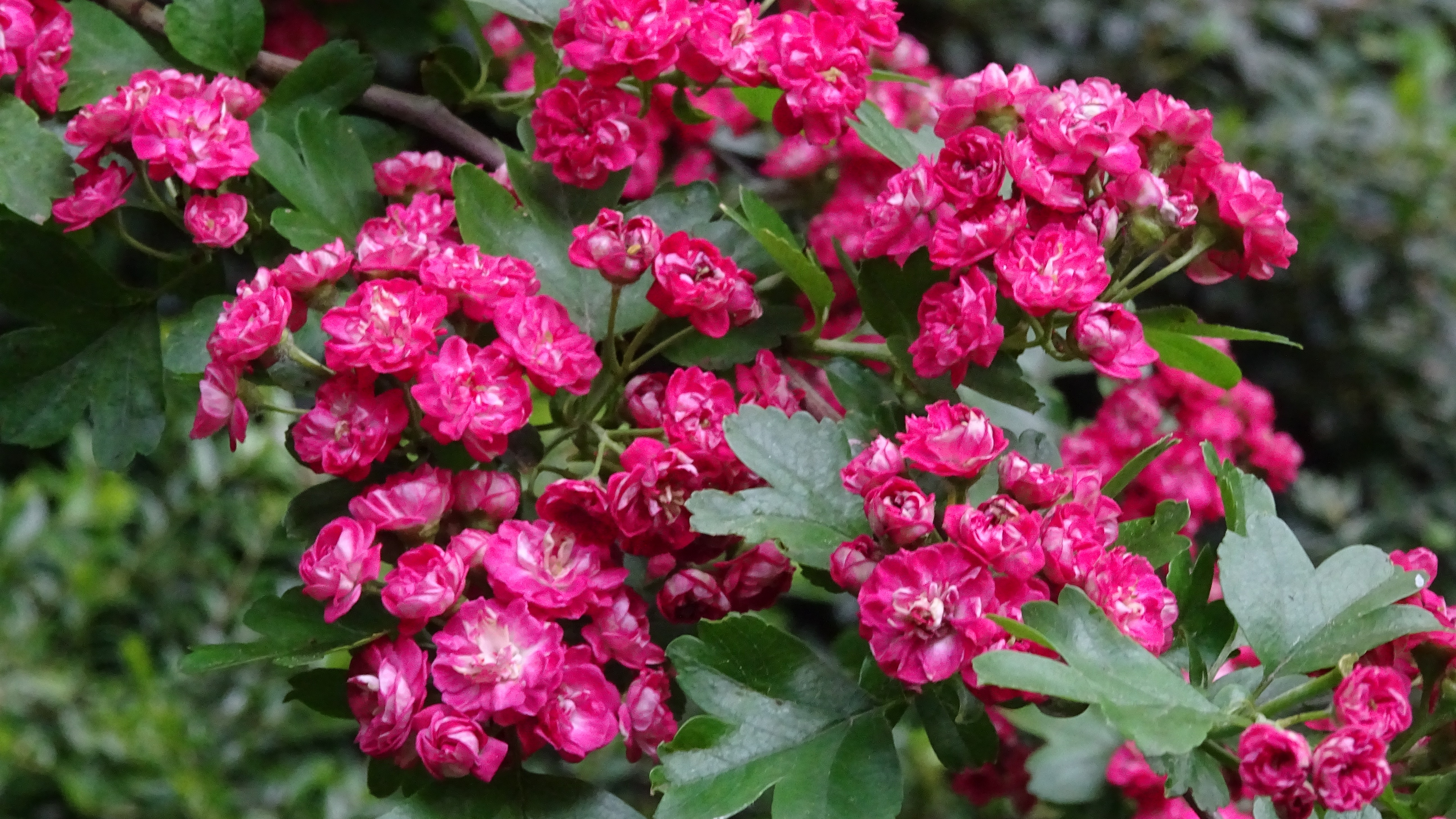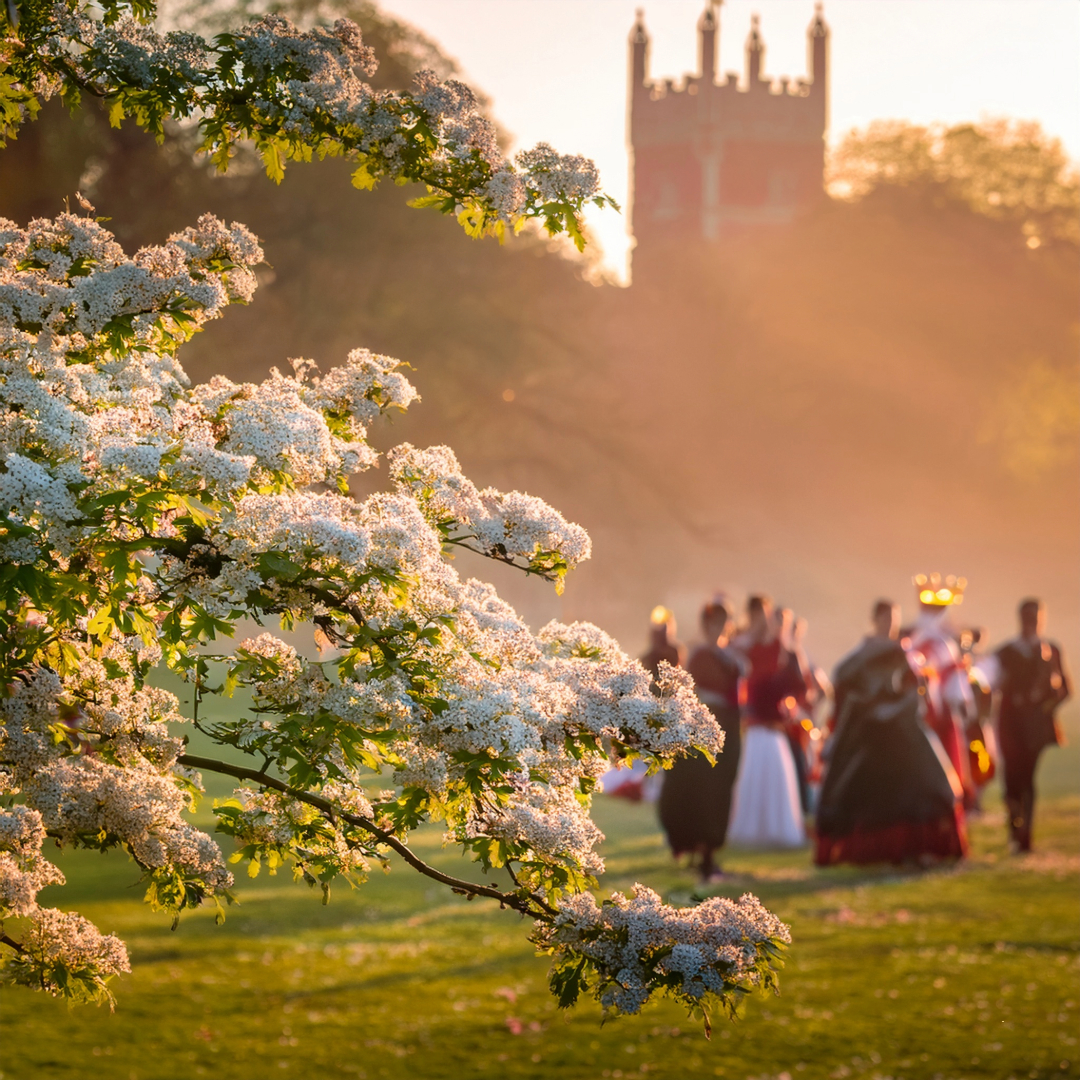
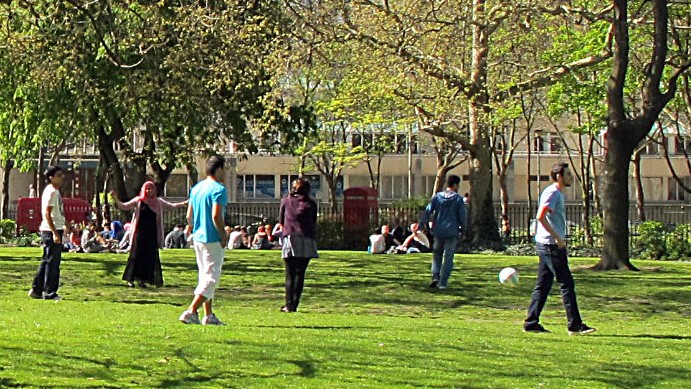

Alternatively, records show temperatures in London have soared to as much as ninety degrees in May. Any heat greatly swells the number of insects, which in turn tempts the last of the summer migrants back from Africa. Fresh green leaves are now everywhere, and tree canopies close over. Most habitats are worth visiting due to all the new flowers and all the new birds singing. Gardens and parks are just as noisy as reed beds and both are good places to see any rarer birds on passage.
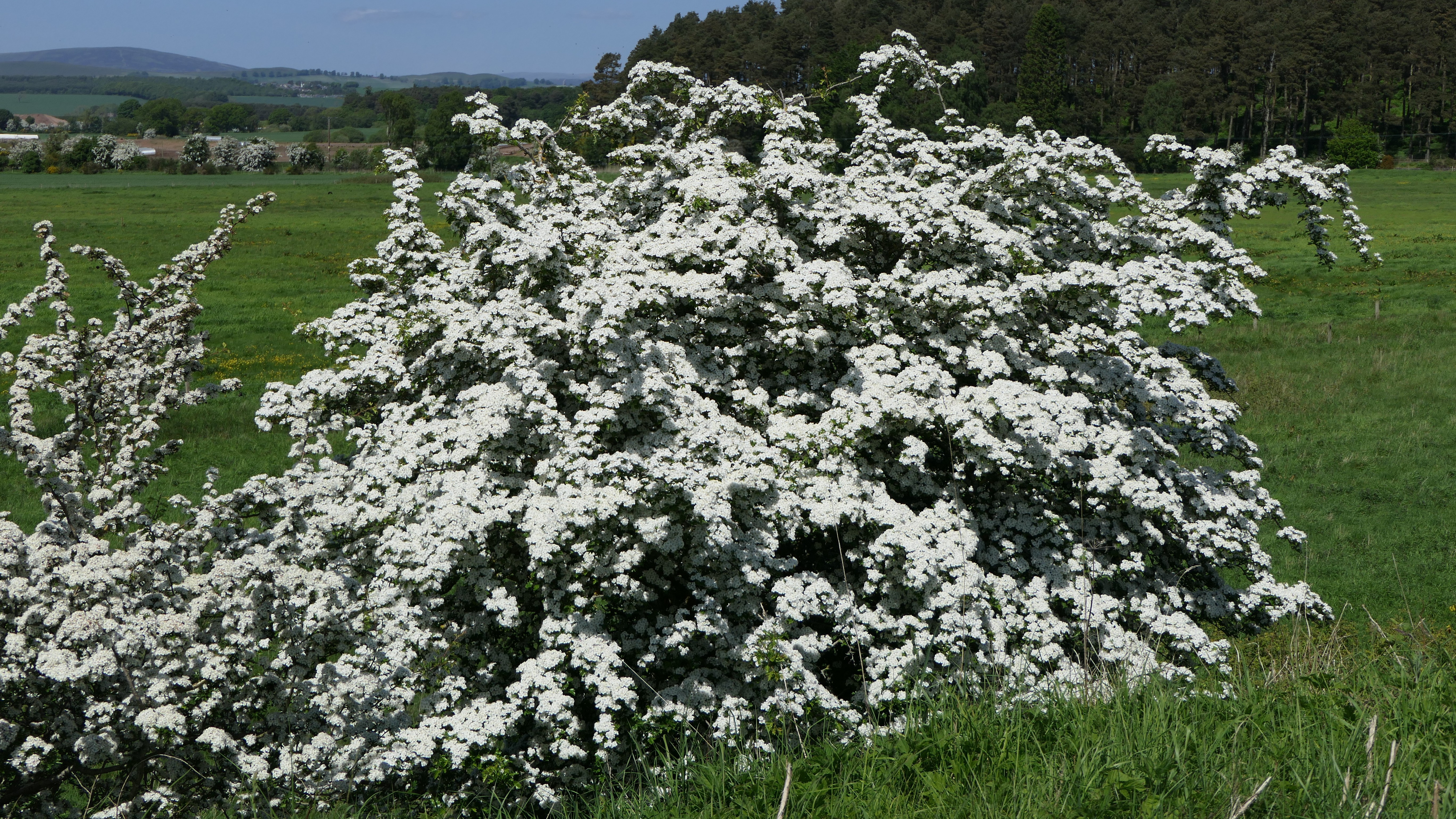

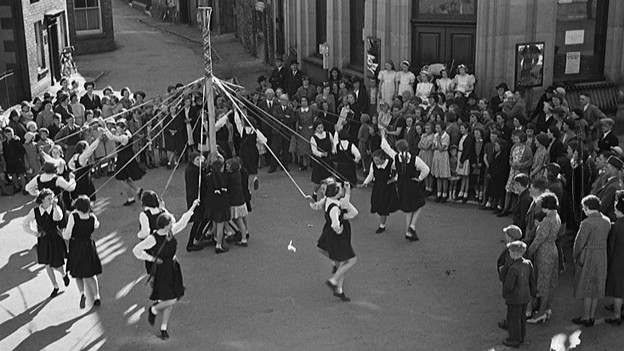

The flowers themselves have always been disliked and to this day are never brought indoors. They are never used in floral displays and were thought to bring bad luck. One reason is that their scent was thought to be similar to that of a corpse. It seems that hawthorn was even more common in the past than it is now, as early writers talk of the “all pervasive smell of may”.
